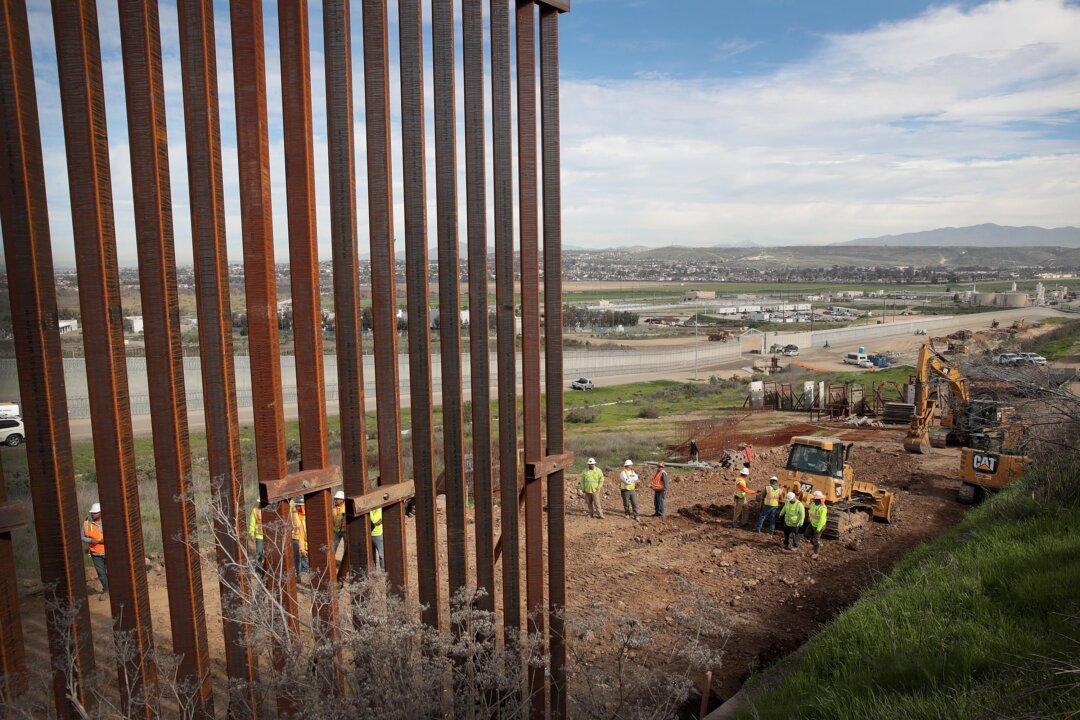Defense Secretary Mark Esper on Sept. 3 approved the diverting of $3.6 billion of Pentagon funds for military construction projects toward building some 175 miles of wall along the U.S.-Mexico border.
Pentagon officials said half the money will come from military projects in the United States and the rest will come from projects abroad. They haven’t said which military construction projects will be affected, but said that further details would be available once members of Congress are notified about the move, The Associated Press reported.




